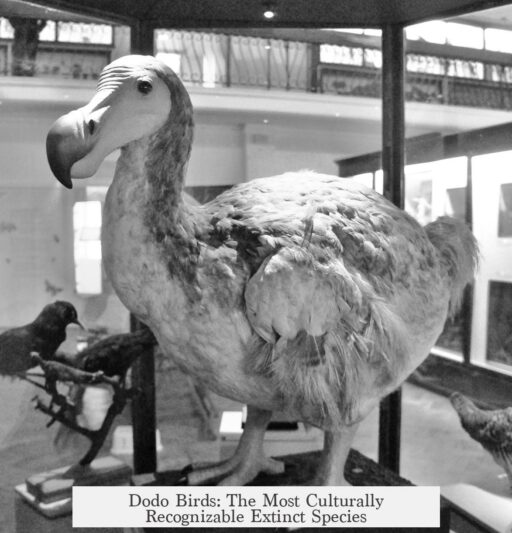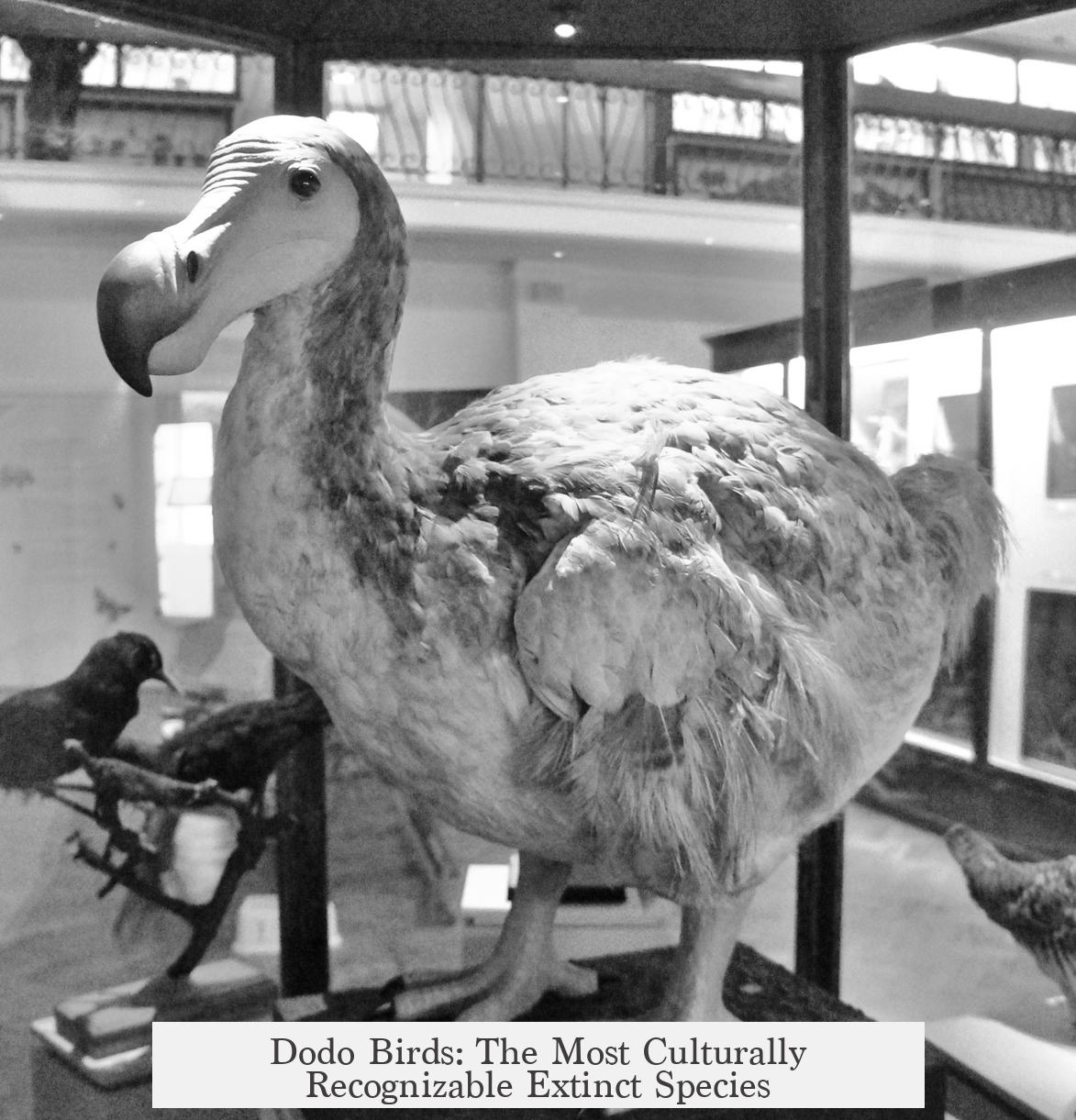The dodo bird holds the status as the most culturally recognizable extinct bird because it symbolizes human-caused extinction and rapid environmental impact. It represents a unique case where extinction was both documented shortly after human contact and widely publicized through literature and scientific study.
The dodo was native to Mauritius, a remote island in the Indian Ocean. Its first detailed encounters with Europeans occurred in the early 16th century through Portuguese and later Dutch traders. These visitors found the bird strange because it could not fly and showed little fear of humans. Its name, “dodo,” likely means “simpleton” in Portuguese, reflecting early observers’ impression of the bird’s behavior. This initial encounter captured attention due to its unusual nature, setting the dodo apart from other known species.
Early representations influenced the dodo’s cultural image. The Dutch naturalist Carolus Clausius based descriptions on limited remains, mainly one leg. Paintings by Roelant Savery that portrayed the dodo as a heavy, fat bird became the dominant, though inaccurate, image. These depictions embedded the bird’s unusual appearance in public imagination despite factual errors. The persistence of this portrayal illustrates how early misconceptions can shape long-term cultural recognition.
After its extinction, the dodo turned into a myth. Many 19th-century naturalists doubted it had ever existed. Extinction was a difficult concept at the time, partly due to unexplored lands and theological beliefs that the natural world was perfect and unchanging.
The dodo’s extinction challenged early scientific and philosophical ideas. Because it vanished quickly—within about 100 years of human arrival on Mauritius—it became one of the first widely recognized cases of human-driven extinction. In the mid-19th century, naturalists Hugh Strickland and Alexander Melville conducted detailed studies by examining bones collected from Mauritius. Their 1848 work, The Dodo and its Kindred, aimed to prove the dodo’s reality and explain its rapid disappearance. This helped solidify the dodo as a symbol of irreversible loss caused by humans.
Literature played a crucial role in popularizing the dodo globally. Lewis Carroll, after seeing dodo bones at Oxford’s Ashmolean Museum, featured the bird in Alice’s Adventures in Wonderland. Carroll’s inclusion gave the dodo a whimsical, memorable role in Western culture. This association transitioned the bird from obscure history to popular icon. Over time, it came to signify extinction, vulnerability, and human responsibility toward nature.
- The dodo’s rapid extinction is one of the fastest documented losses in species history, underscoring human impact on ecosystems.
- It is the first well-known extinct animal caused by human activity, marking a turning point in environmental awareness.
- Its unique ecology—flightless, tame due to absence of predators—and sudden disappearance fascinate scientists, historians, and the public.
- Inaccurate early images, especially the bird’s overfed depiction, shaped enduring cultural impressions despite lacking scientific accuracy.
- The dodo has become a universal icon for endangered species and conservation efforts worldwide.
The cultural recognition of the dodo bird is unlike any other extinct animal because it links early global exploration, scientific discovery, and popular culture with a clear story of human-caused extinction. Its image persists as a cautionary symbol, reminding societies of the fragility of biodiversity and the consequences of human neglect.
| Aspect | Explanation |
|---|---|
| Initial Contact | Described by early European traders as a curious flightless bird unfamiliar with humans. |
| Representation | Influenced by limited remains, leading to persistent, exaggerated images from paintings. |
| Extinction | Rapid disappearance after human arrival; first well-documented human-driven extinction. |
| Scientific Study | 19th-century bones and research validated its existence and extinction conclusively. |
| Popular Culture | Featured famously in Lewis Carroll’s works, embedding it in global cultural memory. |
| Symbolism | Emblematic of extinction, human impact, and environmental caution. |
Key takeaways:
- The dodo is culturally recognized as the earliest known case of human-caused extinction.
- Its strange, flightless nature and harmless behavior made it memorable to early observers.
- Misrepresentations by artists influenced its popular image profoundly.
- Scientific research and publication in the 19th century confirmed its extinct status.
- Lewis Carroll’s literary inclusion ensured its enduring place in popular culture.
- It serves as a global symbol for the importance of conservation and the impact humans have on nature.




